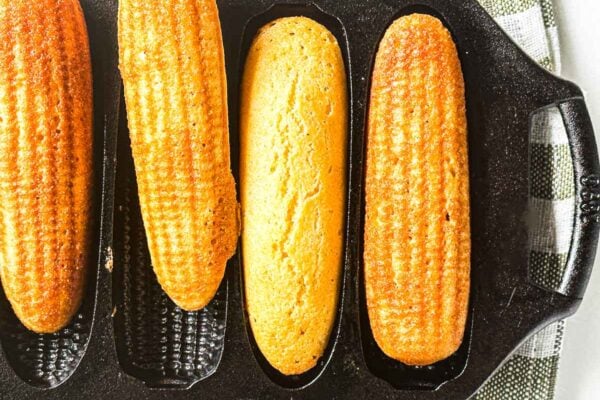Crafting the perfect cornbread with those coveted crispy edges is both an art and a science. Understanding the nuances of using a cornbread pan to achieve this savory delight is paramount for both home bakers and kitchen professionals. Fortunately, you can master this technique with guidance, keen attention to detail, and a few simple tips for getting crispy edges using a cornbread pan.

Why Crispy Edges Matter
The allure of crispy edges in cornbread lies in the contrast of textures. While the interior remains soft, the edges provide a delightful crunch that complements the overall flavor. This textural dichotomy enhances the tasting experience, making it extremely satisfying with every bite.
Choosing the Right Cornbread Pan
Your choice of pan is instrumental in obtaining those perfect crispy edges. Cast iron pans are highly recommended for this purpose due to their excellent heat retention and even heat distribution. You can find a detailed comparison of pan types in our pan comparison guide.
Preheating the Cornbread Pan
A crucial step in preparing your cornbread is preheating the pan. This ensures that the batter begins cooking immediately upon contact, leading to those sought-after crispy edges. Place your cornbread pan in the oven during the preheat phase to achieve the best results.
The Role of Fat in Crispy Edges
Fat plays a significant role in achieving crispy edges. Applying a generous amount of oil or melted butter to the heated pan before adding the batter not only enhances flavor but also aids in crispiness.
Oil vs. Butter: What to Use
While both oil and butter can be used, they impart different flavor profiles and textures. Using oil tends to create a crispier surface, whereas butter adds a richer flavor. A mixture of both can provide an ideal balance, producing crispy yet flavorful edges.
Baking Time and Temperature
The baking time and temperature have a direct impact on the texture of the final product. Baking at a higher temperature allows the edges to become crispy more quickly, but it’s vital to monitor closely to avoid overcooking.
Optimal Temperature Range
A temperature range between 375F to 425F is optimal for creating crispy edges. Adjust according to your specific oven characteristics.
Adapting Recipes for Crispy Edges
Modifying your favorite cornbread recipes can also aid in producing crispy edges. By tweaking ingredients like sugar and fat content, you can explore variations in texture.
Incorporating Cornmeal
By increasing the proportion of cornmeal in the recipe, you ensure a denser batter that lends itself well to crispening.
After-Bake Care
Properly removing the cornbread from the pan can also affect edge texture. Allowing the bread to rest in the pan for a few minutes before transferring helps maintain structure.
More information on using specialty pans such as a takoyaki pan can be useful as cornbread improvements cross-utilize similar techniques.
For a deeper dive into additional recipes and techniques, check out [this cornbread guide on Food Network’s website](https://www.foodnetwork.com/recipes/alexandra-guarnaschelli/cast-iron-skillet-corn-bread-recipe-2012669/).

FAQs
Why does my cornbread not have crispy edges?
Ensure that you are preheating the pan and using a sufficient amount of fat. Check that the oven temperature is high enough.
Can I use a nonstick pan instead of a cast iron one?
While possible, a nonstick pan may not achieve the same results in terms of crispiness as a cast iron pan.
How do I prevent my cornbread from sticking to the pan?
Make sure your pan is well-greased before pouring in the batter, and consider letting it cool slightly before attempting to remove the cornbread.
This article contains affiliate links. We may earn a commission at no extra cost to you.

